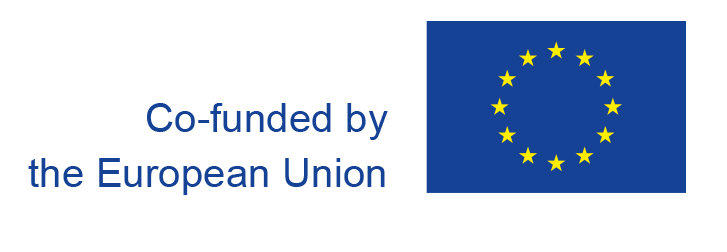In the framework of the MISTIC SEAS 2 project - "Applying a subregional coherent and coordinated approach to the monitoring and assessment of marine biodiversity in Macaronesia for the second cycle of the MSFD", the final meeting was held on 27 and 28 February in Madrid. This meeting, organized by the FRCT, coordinator of the project, was held at the premises of the Ministério para a Transição Ecológica (DGSCM-MITECO).
During the meeting, partners had the opportunity to present the project results, in particular the deliverables Macaronesian Roof Report (MRR) and Risk Assessment, as well as discuss their perspectives on the MISTIC SEAS 2 contribution to the implementation of the Marine Strategy Framework Directive (MSFD) by the competent authorities. In the Azores, the entity responsible for the implementation of DQEM is the Regional Directorate for Maritime Affairs (DRAM), also a partner in this project.
The MRR is one of the most important documents resulting from MISTIC SEAS 2, which includes the description of the criteria and the species evaluated; the compilation of results obtained during the implementation of MSFD monitoring programs for seabirds, mammals and sea turtles in the three Macaronesian archipelagos (Azores, Madeira and Canary Islands) and additional data available from other monitoring projects or programs. The Risk Assesment document will also be an essential tool for future decision-making steps within the framework of the MSFD, in particular in the development of monitoring and evaluation programs. In it, a methodology of analysis was defined that allowed to identify and prioritize the risks associated with the most relevant pressures for birds, mammals and reptiles, and to which efforts should be directed by entities in the Macaronesian subregion.
The result of these evaluations allowed to inform and prepare a proposal for a revision of the Monitoring and Measurement Programs, which will be updated in 2020 and 2021 respectively, by Portugal and Spain, in response to their obligations to implement the article 17 of the MSFD, to which each Member State is bound, in regard to the Descriptor 1 - Biodiversity.
The Regional Fund for Science and Technology, as coordinator of this project, thanks and welcomes the cooperation of all the partners, teams and other stakeholders involved in the project, who have made possible and guaranteed a constant good work and results obtained in the scope of MISTIC SEAS 2 project
The MISTIC SEAS 2 project started as the continuation of the MISTIC SEAS project. The first part of the project worked on a common methodology for monitoring the biodiversity descriptor in the Macaronesian sub-region, focusing on populations of three functional groups of species shared among the subregion's archipelagos (birds, mammals and sea turtles). MISTIC SEAS 2 was part of the second cycle of the Marine Strategy Framework Directive (MSFD) and aimed at implementing the methodologies developed in the first part of the project through joint marine biodiversity monitoring programs that provided the data needed to determine the Good Environmental Status of Macaronesian waters, thus enhancing regional coherence and coordination and preparing the next steps of the 2nd cycle of the MSFD.
The project, which ran from March 2017 to February 2019, had a total budget of 1.3 million euros and 80% of co-financing from the European Commission. It was coordinated by the Regional Fund for Science and Technology (Regional Government of the Azores, Portugal) and counted as partners the Regional Directorate for Maritime Affairs Regional, Government of the Azores, Portugal; the Regional Secretariat for the Environment and Natural Resources (Regional Government of Madeira, Portugal); the Directorate General of Natural Resources, Safety and Maritime Services of the Portuguese Ministry of the Sea; the Directorate General for Sustainability of the Coast and Sea of the Ministry of Agriculture, Fisheries, Food and Environment of the Government of Spain; the Biodiversity Foundation, Ministry of Agriculture, Fisheries, Food and Environment of the Government of Spain; the General Direction of Protection of the Natural Environment of the Government of the Canary Islands, Spain; the Regional Agency for the Development of Research, Technology and Innovation. (ARDITI), Regional Government of Madeira; and the Spanish Institute of Oceanography.
MISTIC SEAS 2 marked the end of the project in Madrid
Monday, 4 March, 2019
Orden de aparición:
1



